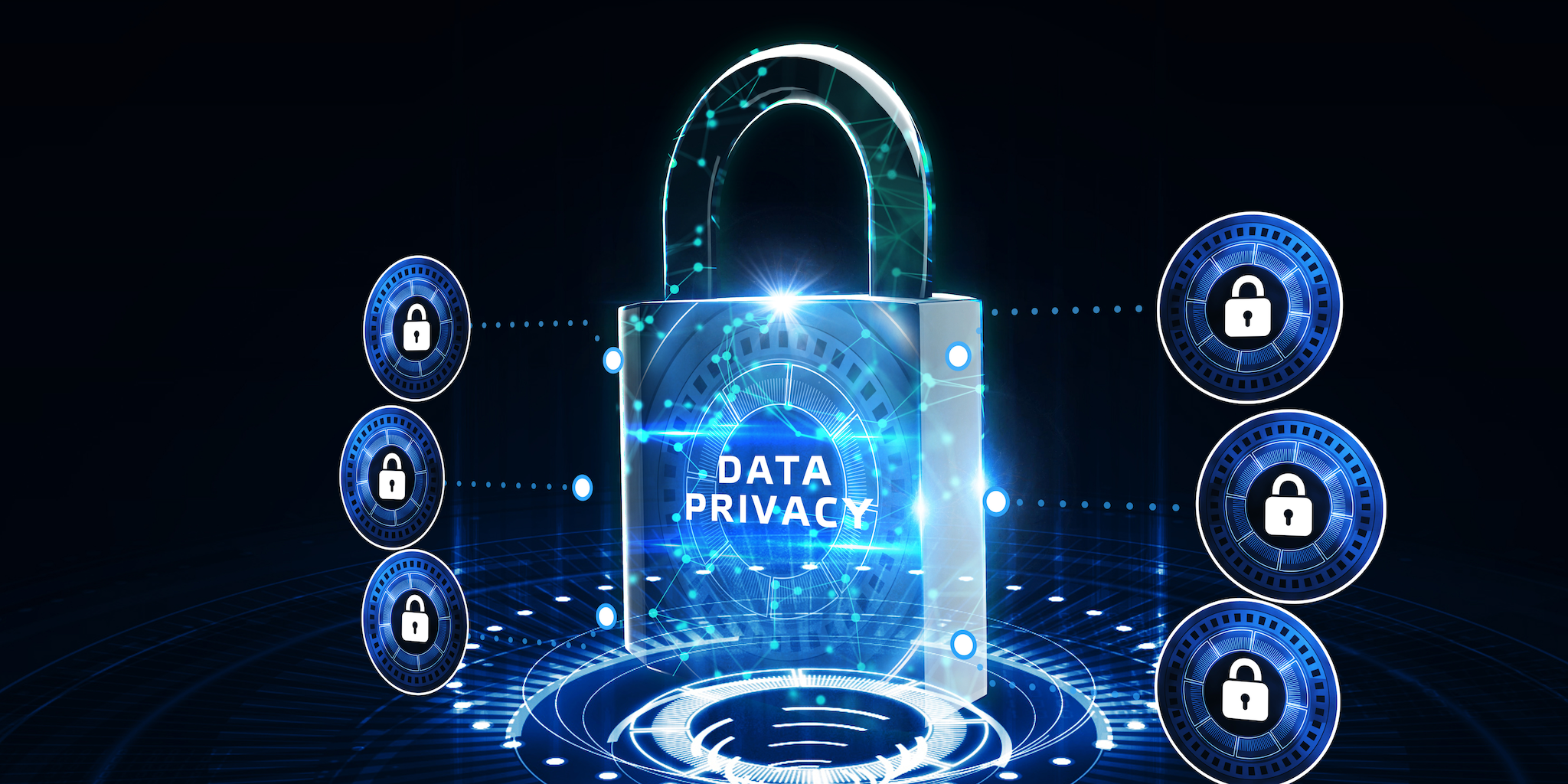
This article outlines the proposed EU AI Act including the most recent amendments to the proposal. We cover in particular the harms that the Act considers, the classification of AI systems as “high-risk,” and the obligations arising for businesses under the Act.The AI Act was originally proposed by the European Commission in April 2021. The Council of the EU has adopted its general approach to the Act in December 2022, allowing it to enter into negotiations with the European Parliament. On May 11, 2023, as a reaction to the release and unprecedented uptake of ChatGPT, the Internal Market Committee and the Civil Liberties Committee of the European Parliament endorsed significant amendments, including new transparency and risk-management rules for AI systems. These amendments have most recently been endorsed by the entire Parliament, which passed the EU AI Act as a draft law, a final version of which is expected to be passed later this year.
Proposed AI Legislation in the EU
The AI Act intends to promote innovation by providing legal certainty while safeguarding fundamental rights and Union values. It is concerned with future-proofing the AI rules and providing the necessary flexibility to account for developments in the technology.The Act distinguishes between different risk levels of AI applications and provides substantive guidance on what “unacceptable” and “high-risk” applications are. Other applications of AI that do not fall under the previous two categories remain mostly unregulated. Examples of minimal or no risk AI applications are video games and spam filters.Unacceptable risk is posed by AI applications that are listed in Title II of the AI Act. Examples are:
- - “Subliminal techniques” that a person remains unconscious of or that is purposefully manipulative or deceptive, with the objective to or the effect of materially distorting a person’s or a group of persons behaviour and that causes or is likely to cause that person, another person or group of persons significant harm;
- - AI systems that exploit the vulnerabilities of a specific group of persons with the same intention to manipulate behaviour;
- - The use of AI systems for “social scoring”; and
- - Real-time remote biometric identification systems in publicly accessible spaces.
These AI applications are prohibited.High-risk AI systems are subject to certain obligations, such as risk management systems. Such systems are, for example, AI systems used in:
- - Transportation;
- - Education;
- - Safety components of products (e.g., automated surgery);
- - Employment;
- - Essential services; and
- - Law enforcement.
It seems likely that the AI Act will establish itself as the de facto requirement for companies globally, similar to the EU privacy laws, notably the GDPR. Particularly before that background, some advocates had recommended further expanded protections to prevent systemic and environmental harms, which had been left largely unaddressed in the original draft of the AI Act, but that have now been addressed, to a great extent, in the latest amendments to the Act.
Recent Amendments to the AI Act affecting ChatGPT
Possibly as a result of the criticism that arose, but most likely because of the increased awareness around AI systems after the unprecedented uptake of OpenAI’s ChatGPT by ordinary consumers and the constant stream of concerning reports, relevant amendments to the proposed Act were endorsed by the Internal Market Committee and the Civil Liberties Committee of the European Parliament on May 11, 2023 and it was passed as a draft law by the European Parliament on June 14, 2023.Importantly, the proposed amendments expand the harms considered under the AI Act to also cover the environment, and influences on political campaigns and recommender systems. Another significant novelty is the inclusion of “foundation models” and Article 28b solely dedicated to obligations of the provider of such a model. ‘Foundation model’ means an AI model that is trained on broad data at scale, is designed for generality of output, and can be adapted to a wide range of distinctive tasks.The obligations imposed on a provider of a foundation model include additional transparency criteria, such as disclosing that the content is generated by artificial intelligence, ensuring the model is designed to prevent the generation of unlawful content, and providing summaries of copyrighted data utilized for training purposes. This is particularly interesting in light of the fact that chatbots and “deepfakes” had been considered low risk under the previous draft of the Act with minimal transparency obligations attached to them.Despite the fact that comprehensive privacy legislation already exists in the form of the GDPR, Art. 28b(2)(a) also addresses privacy risk. Providers of foundational models are required to ensure that risk of identification, among other risks, is demonstrably reduced and mitigated through design, testing, and analysis, and remaining non-mitigable risks are documented.
Conclusion
The EU AI Act is taking a leap forward in terms of AI regulation. The quick reaction to the introduction and lightning-fast integration of ChatGPT in our society is commendable. We hope that although the coming into force of the new provisions is still ways out, their proposal alone will send a strong signal and be an effective motivator for companies developing AI models to do so transparently, responsibly, and ethically.Private AI is certainly not waiting for regulations to make its contribution to enhance the safety of ChatGPT users. In fact, our platform, PrivateGPT, is a key player in mitigating some of the potential harms of uncontrolled mass deployment of generative AI. By effectively identifying and removing personally identifiable information from messages before they are sent to ChatGPT, PrivateGPT can help prevent the unintentional disclosure of personal information and safeguard the privacy of users. This not only protects individuals from harm but also promotes trust and integrity in the use of valuable data for social and commercial causes.





































































































